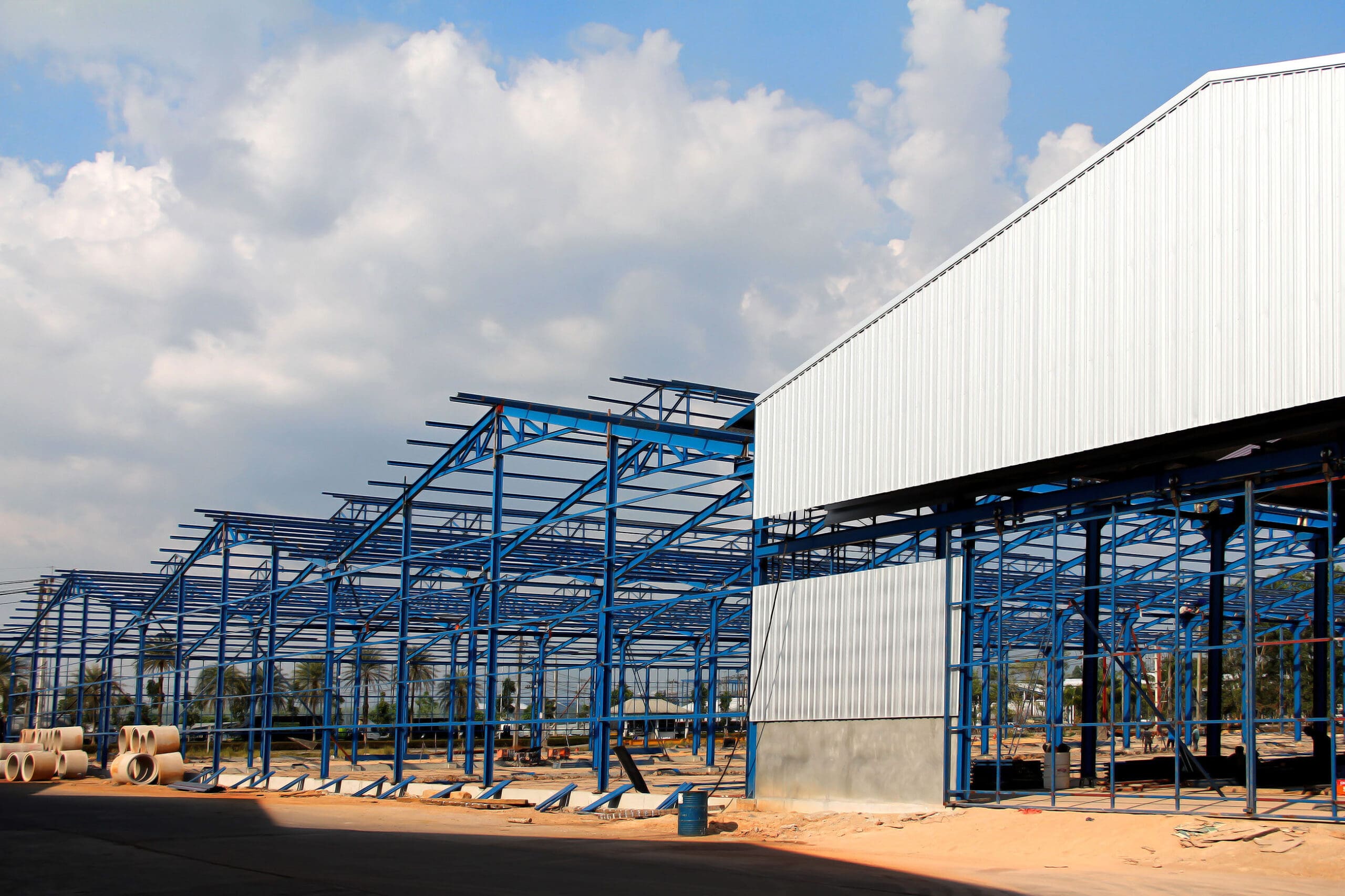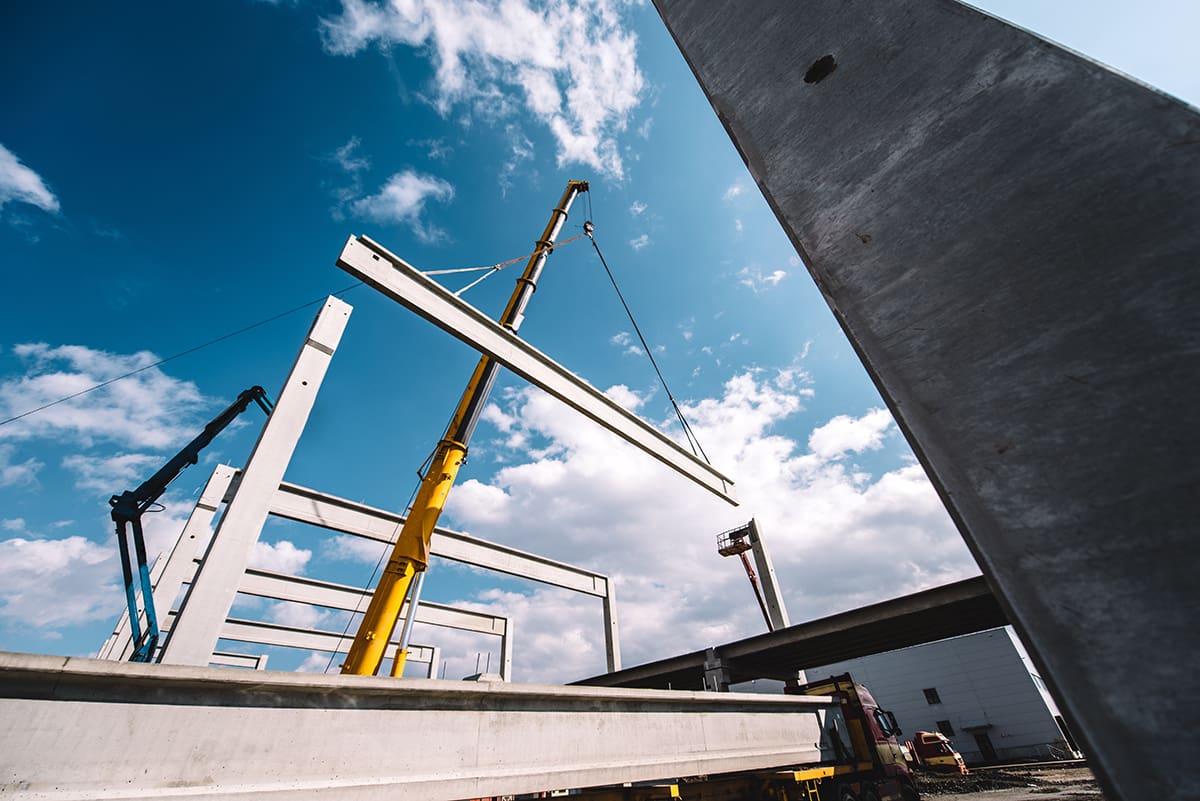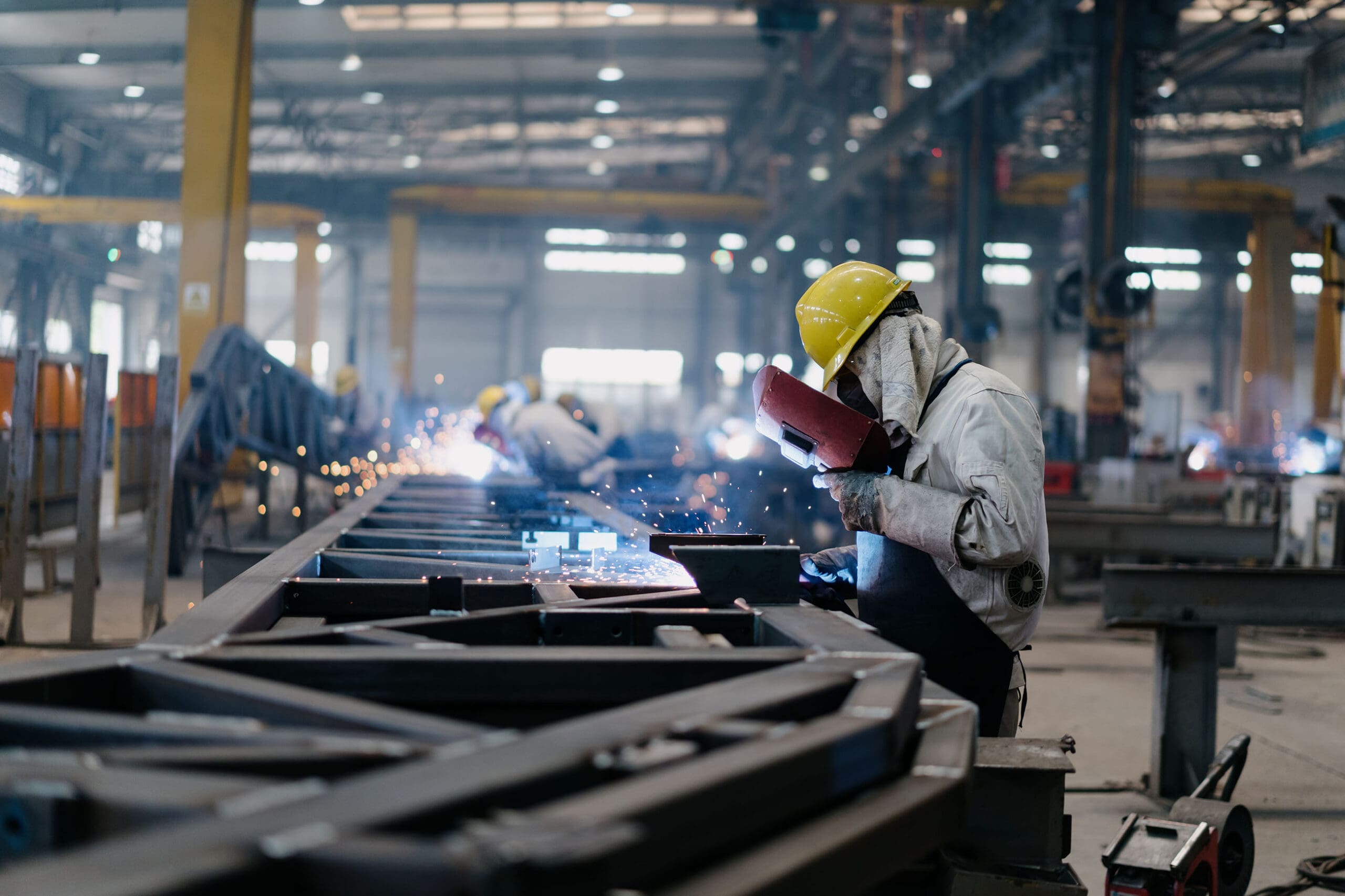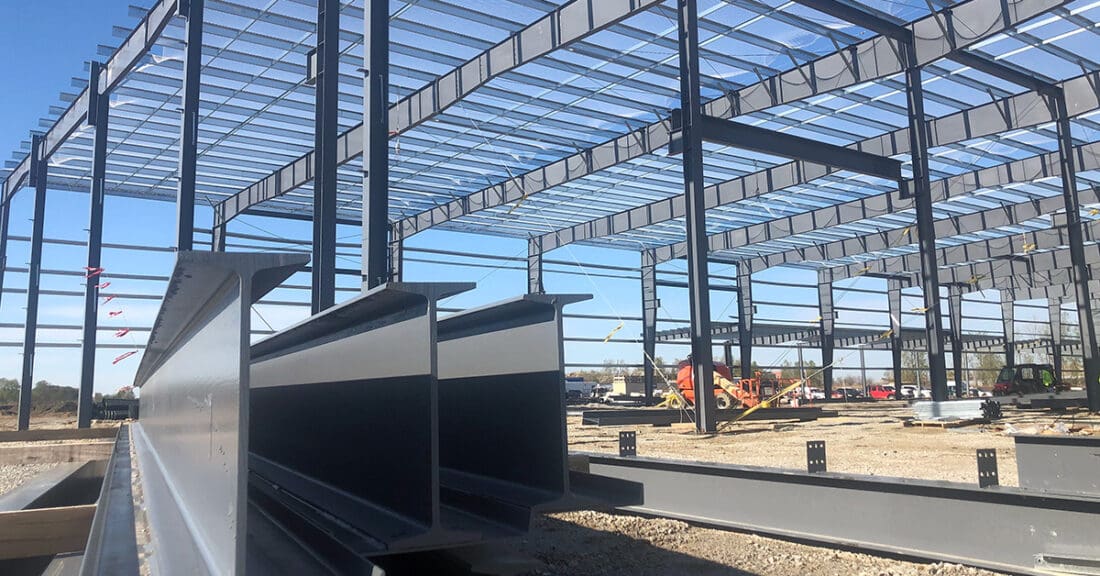Offsite Construction: A Growing Trend that Yields Remarkable Benefits
Most of us routinely pass by construction sites with their readily identifiable features: fenced-off areas with heavy equipment and lots of workers wearing hardhats. But in fact, much construction work nowadays takes place out of public view—in factories where building components are manufactured and then transported to the jobsites. This shift to offsite construction has led to significant improvements in productivity, efficiency and worker safety.
WHAT IS OFFSITE CONSTRUCTION?
The term is sometimes used interchangeably with phrases like modular construction, volumetric construction and pre-engineered metal buildings (PEMB). It can cover everything from temporary office trailers to prefabricated wall panels for high-rise buildings. In simplest terms, offsite construction is the production of building components in one place for use somewhere else. And surprisingly, that practice is been around a long time …
AN OLD IDEA BECOMES NEW
The practicality of making building components in a controlled setting for later use has long standing appeal. Here are some historic examples:
- The armies of ancient Rome carried prefabricated forts in sections, which they could erect quickly at the end of a day’s travels.
- In the early twentieth century, Sears, Roebuck and Company offered affordable kit homes to aspiring homeowners throughout the U.S. Buyers had only to provide sweat equity by assembling the components.
After World War II, developer Abraham Levitt and his sons built a vast residential community on Long Island using many prefabricated components. Levittown provided affordable homes for thousands of returning G.I.s and their families.

OFFSITE CONSTRUCTION COMES OF AGE
The ‘70s saw a dramatic rise in the use of modular building units for offices, schools, medical buildings and more. Since then, innovations such as computer-aided design (CAD) have made offsite construction a major part of the residential, industrial and commercial building industries. The newer technology allows builders to design and fabricate components in a factory setting with unprecedented precision.
Today, offsite construction takes many forms. Here are a few widely used types of prefabricated components:
Volumetric construction (sometimes interchangeable with modular construction) refers to prefabricated sections or modules that can be stacked and joined with others on the construction site.
Pods are ready-made rooms and other prefabricated units that are installed into traditional structural frames. They are used in residential buildings as well as commercial structures, such as hotels and office buildings. Units that call for standard features and dimensions, such as bathrooms, meeting rooms and kitchens, are often constructed this way. They can be produced in quantity and used in innumerable applications. Pods come complete with services installed, ready to be plugged into the systems within their larger structures.
Pre-engineered metal buildings (PEMB) use today’s sophisticated machinery to design and produce metal structural components for industrial and commercial buildings offsite. The completed units are then transported to the building site, where they can be efficiently assembled.

BENEFITS OF OFFSITE CONSTRUCTION
Some of the advantages of making components offsite are obvious. But the real-world results can still be remarkable. Here are three areas where offsite construction provides tangible benefits to contractors and project owners:
Convenience. Being able to work in a climate-controlled indoor environment is clearly preferable to the variable conditions that exist at an outdoor jobsite. Weather is a constant challenge for construction contractors, sometimes making work impossible during winter or stormy periods. That risk is eliminated with offsite construction. Companies can equip their plants with all the necessary equipment and materials for the type of work they do. They can maintain a consistent staff of workers rather than hiring new employees at new locations for each job.
All these factors lead to two more impressive—and important—advantages:
Efficiency. Construction projects can be notoriously inefficient. The vagaries of weather, as mentioned before, can throw a wrench into the most meticulously planned work schedules. Subcontractor crews must often wait for other crews to finish before they can begin their work. (In the alternate scenario, they sometimes end up working on top of each other, which creates other problems.)
Offsite construction sidesteps all these issues. Indoor factories can facilitate work year-round in all weather conditions. One team can be working onsite, while others are completing their tasks offsite at the same time. This can drastically reduce construction time frames, allowing projects to come in under budget and on time.
Factories that produce building components offsite can utilize the efficiencies of the assembly line. They can secure consistent delivery of materials and reduce the time and cost of transportation. Their employees can enjoy predictable (often reduced) commute times in comparison to traveling to remote jobsites.
All this means energy savings, reduced costs, and lowered stress on the environment. It also makes possible the most important benefit of all …
Safety. Jobsites can contain a variety of health hazards, including unstable terrain, toxic materials, dangerous equipment, chaotic conditions, and the perils of working at height. These risks are compounded by extremes of weather. Cold presents the possibility of hypothermia, exposure, and frostbite. Rain and residual water make jobsites incalculably more dangerous. And heat in the summer poses its own health dangers. By contrast, an indoor work environment that is controlled, consistent and predictable is inherently safer.
For all these reasons, increasing numbers of projects are using offsite construction components.

WHEN OFFSITE CONSTRUCTION WORKS BEST
As helpful as it is for many purposes, offsite construction isn’t the right solution for every endeavor. It’s most useful when:
- Deadlines are tight
- Weather is a factor
- The project involves repetitive tasks
- Space on the jobsite is an issue
- There’s a risk of theft and vandalism on the jobsite
- Other safety issues, such as height, are prevalent
Altogether, the rise of offsite construction has made the construction industry more productive, more efficient, and much safer.
WE ARE COMMERCIAL CONSTRUCTION EXPERTS – MISSION, VALUES, HISTORY:
READ THIS NEXT
Stay up to date on the latest Rainwater Construction news and event – follow us on LinkedIn!



